Mitsuba
Mitsuba is a popular perennial vegetable which is widely used in Japanese cuisines. It belongs to the carrot family. The look of this vegetable is almost similar to Italian parsley. Like the Italian parsley which is a common seasoning and garnishing ingredient in Western cuisines, Mitsuba is a classic ingredient for seasoning Asian cuisines. Mitsuba is one of those very few herbs that grow well in partial shade.
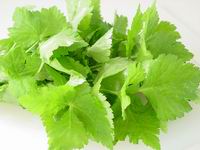
Mitsuba
Table Of Content
Mitsuba Scientific name
The scientific name for Mitsuba is Cryptotaenia japonica.
Mitsuba Other Names
This vegetable is called by many names like:
- Japanese Chervil
- Japanese hornwort
- Japanese wild parsley
- Japanese parsley
Mitsuba Description
Mitsuba is a light green colored vegetable with three evenly shaped leaves. This plant is entirely edible. Three light green colored leaves appear on each thin and long white stalk. The light green leaves turns darker as they became mature. The star shaped small flowers are light purple in color. A full grown plant can be around 3 feet tall.
Mitsuba History
This vegetable is native to Japan. At present it is grown in China, Korea and many other Asian countries. Once, the Native Americans used to collect wild honewort which is a related species of Mitsuba. They used to add wild honewort both as seasoning and a vegetable.
Mitsuba Nutritional Facts
This vegetable is high in potassium, calcium, vitamin C and carotene. 100 grams of Mitsuba leaves contain-
- Vitamin B6 – 0.04 mg
- Vitamin B2 – 0.09 mg
- Vitamin B1 – 0.03 mg
- Vitamin E – 0.7 mg
- Vitamin C – 8 mg
- Potassium – 640 mg
- Calcium – 25 mg
- Sodium – 8 mg
- Phosphorus – 50 mg
- Magnesium – 17 mg
- Beta-carotene – 720 µg
- Iron – 0.3 mg
- Retinol – 61 µg
- Folic acid – 44 µg
- Vitamin K – 63 µg
Mitsuba Health Benefits
Mitsuba is used to treat cold, fever and haemorrhages. It is also known to be a stress relief agent.
Mitsuba Taste
Just like parsley, Mitsuba’s flavor is refreshing and clean, but it is slightly bitter in taste. The subtle flavor is reminiscent of a blend of Italian parsley, angelica and celery leaves.
Mitsuba Cultivation
The best time to sow the seeds is either spring or autumn. Mitsuba grows well in partly shaded area in the garden. It will be better if it is grown between taller plants. The height of the plant is determined by the soil condition, climate and the way it is looked after.
Plant the seeds in 1/4 inch deep rich, moist and well compost soil. The ideal sowing temperature would be 25 degree C. There should be a half inch gap between the seeds. Water the soil just to keep the moisture in the soil. During winter, the seeds can be plant indoor and can be transplanted outside in spring. One must avoid planting this plant in hot summer time. The leaves turn yellow, if it is grown in full sun.
Mitsuba Harvesting
Plants can be harvested after 50 – 55 days from sowing. One can harvest the leaves according to the need. Since all the parts of this vegetable are edible, it is generally harvested just by cutting off the entire plant from the ground.
Mitsuba Edible Uses
Not a single part of this plant is wasted. Stems, leaves and roots are chopped to flavor a number of cuisines like rice, stir fries, sashimi, custards, soups and many more. Stem, root and seeds are also eaten raw. Seedlings are generally added in salads. The leaves are added in soups, rice and stir fries. The seeds are used for seasoning. Mitsuba is added as garnish in Japanese fish and other seafood recipes. This vegetable should be added in dishes only before serving because is this vegetable cooked for few minutes them it will turn bitter.
Mitsuba Availability
This vegetable is not available in the market throughout the year. Therefore, people tend to buy the substitutes from the market.
Mitsuba Substitute
Since, Mitsuba is not available throughout the year; many other vegetables like Celery Leaves, Chervil, Italian Parsley, Watercress and Arugula are used as its substitute.
Mitsuba Recipes
This nutritious vegetable is added in a popular Japanese dish called ‘chawan mushi’, a steamed egg custard. It is added as a seasoning in Sukiyaki, a fish soup. Some of its other popular recipes are-
- Sushi Rice Risotto
- Chicken Katsudon
- Grilled Littleneck Clams
- Marinated Halibut
- Ozoni
- Chilled Salmon
- Grilled Salmon
Mitsuba Side Effects
There are no known side effects of this vegetable.
Mitsuba During Pregnancy
Though this vegetable does not have any side effects, yet doctor’s advice must be taken before consuming during pregnancy.
How to store Mitsuba?
To get maximum nutritional benefits, Mitsuba should be eaten farm fresh. But it can be kept in a refrigerator for a week or so.
Mitsuba Pictures
Here are some pictures of Mitsuba and its dishes:
References:
http://www.naturalmedicinalherbs.net/herbs/c/cryptotaenia-japonica=mitsuba.php
http://www.evergreenseeds.com/japgreenmit.html
- by Tuhin Das
- December 13th 2011

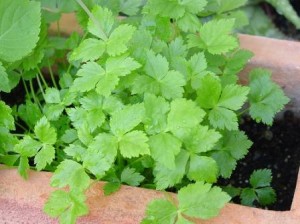
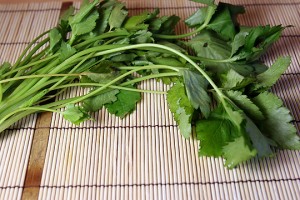
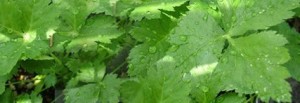
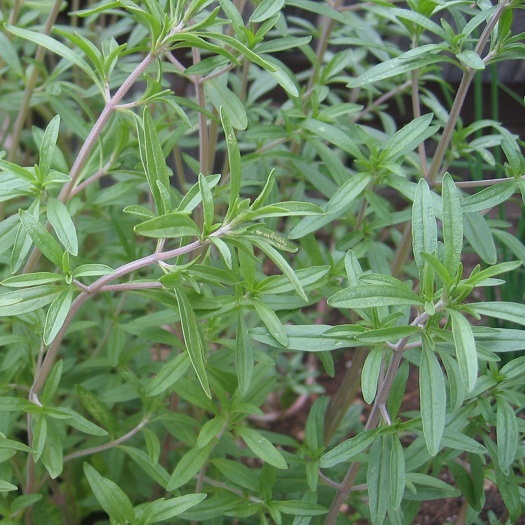
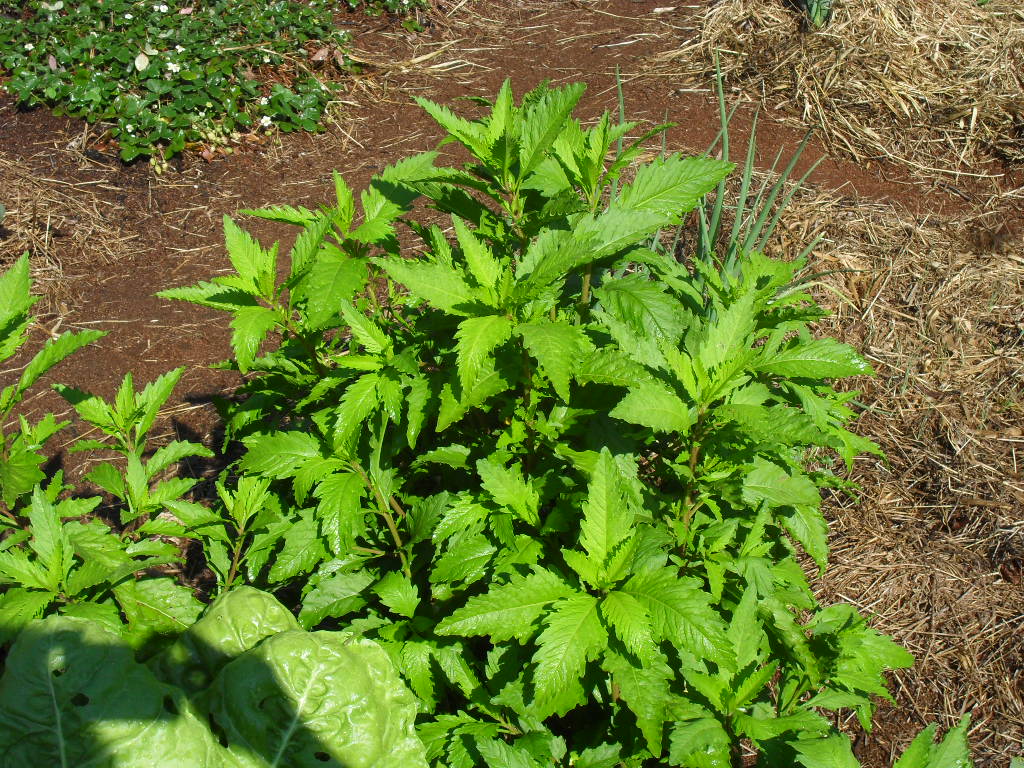

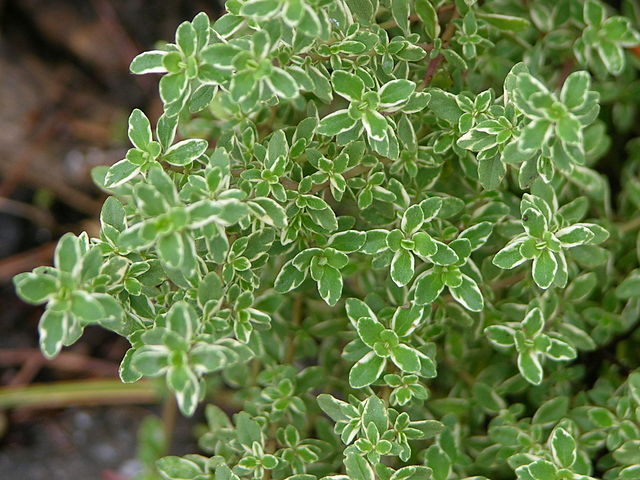















Leave a Reply